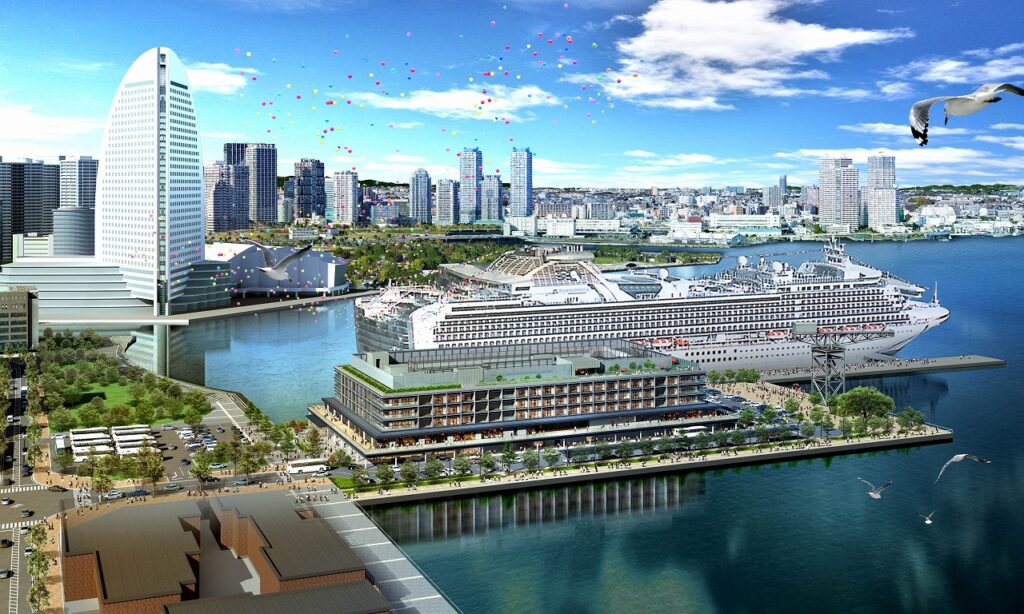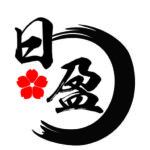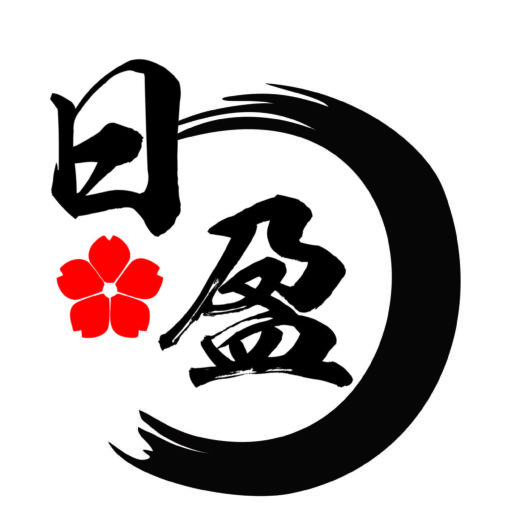Kanagawa prefecture (Kantou area)
Port of Yokohama

Port of Yokohama: The Port of Yokohama Osanbashi International Passenger Terminal is the gateway to the Port of Yokohama, welcoming people from all over the world. The Port of Yokohama Osanbashi International Passenger Terminal can accommodate four passenger ships of up to 30,000 tons, including Nippon Maru, Fuji Maru, and Pacific Venus, and two passenger ships of larger classes, including Asuka II and Sapphire Princess.
It has long been a symbolic point in Yokohama. Even today, sightseeing boats and cruise ships arrive and depart from the area, and the Minato Mirai district and the red brick warehouses attract many tourists.
Minato Mirai

Minato Mirai: An area of modern shopping malls, office buildings, and art museums, Minato Mirai is home to the Cosmo Clock 21 Ferris wheel and the Landmark Tower.
Chinatown


Chinatown: One of the oldest Chinatowns in Japan, Yokohama Chinatown is crowded with tourists and features a wide variety of Chinese restaurants and stores.
Red Brick Warehouses

Red Brick Warehouses: An area of historic red brick buildings built in the Meiji era and used as restaurants, stores, and event space.
Hakone Town


Located at the foot of the Hakone Volcano, Hakone has 17 different types of hot springs.
The last eruption of Mt. Hakone is said to have occurred 3,000 years ago and formed Lake Ashi.
Lake Ashinoko



Natural Beauty: Lake Ashinoko offers a quiet and beautiful natural setting, with trees along its shores and beautiful scenery that changes with the seasons.
Sightseeing Bo at: Sightseeing boats operate on Lake Ashinoko, allowing visitors to enjoy the scenery from the lake. Especially in spring and fall, the lake’s shores are decorated with fresh greenery and autumn leaves.
Owakudani


The present-day Owakudani was formed between volcanic debris from steam explosions that occurred approximately 3,000 years ago in the Hakone volcano and sediments from landslides.
Sulfur fumaroles: The white sulfur smoke rising from the fumaroles and the distinctive smell of hydrogen sulfide contained in the volcanic gases are also characteristic of this volcano.
Kuro-tamago: “Kuro-tamago” (black eggs) are famous in the Owakudani area. The eggs are dyed black by the sulfur and are generally sold boiled for seven to eight minutes. According to local legend, eating these eggs will prolong one’s life by seven years.
Owakudani Hot Springs: The Owakudani area is also home to a number of hot spring resorts, where visitors can enjoy sulfur spring water and hot springs that are known for their beauty benefits. From the hot spring areas, visitors can feel the geothermal activity of Owakudani.


